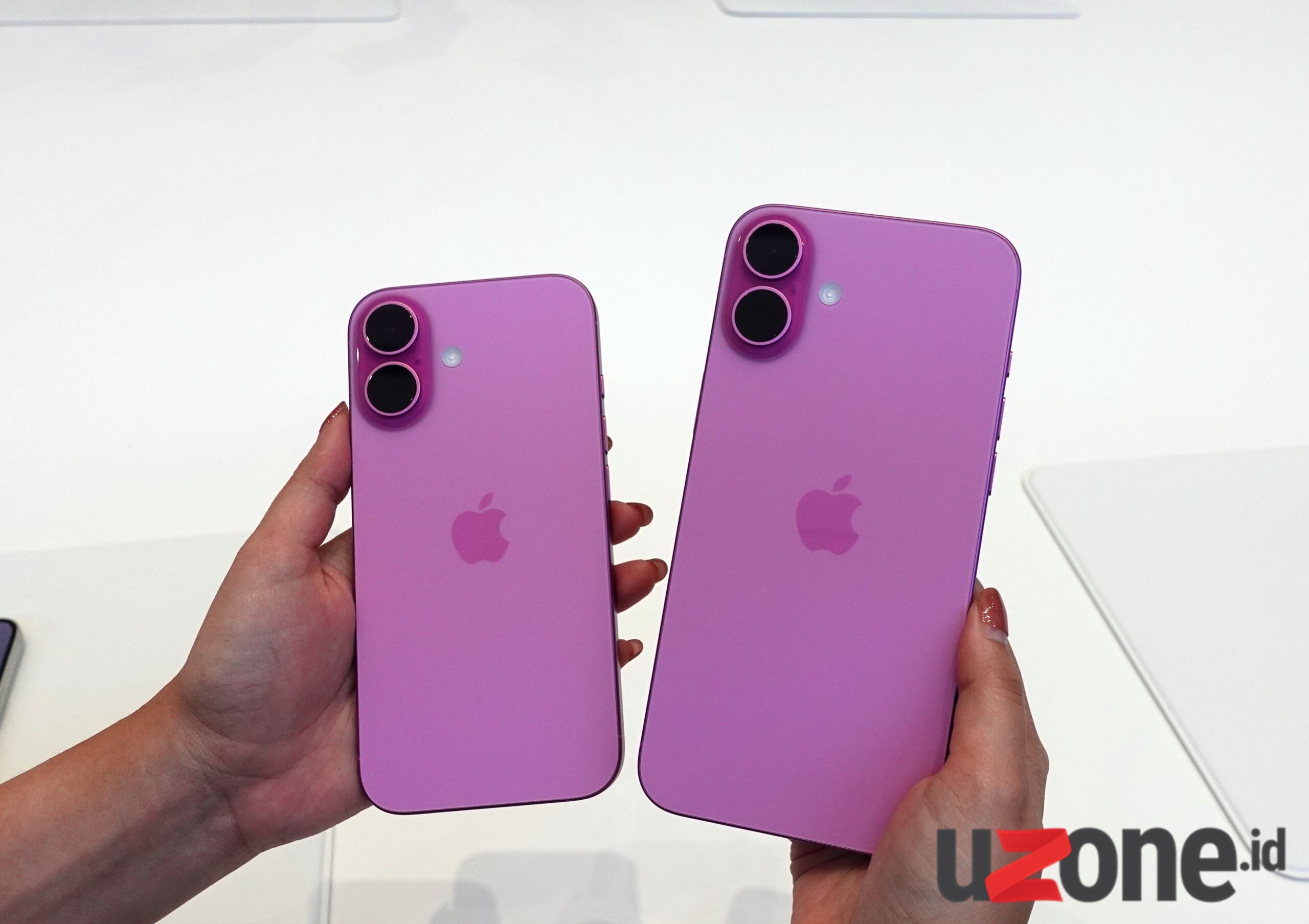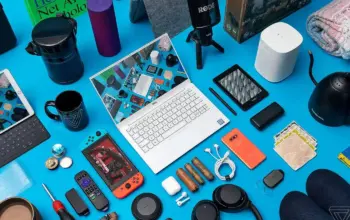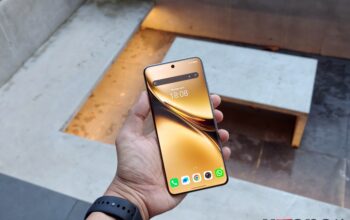Uzone.id – iPhone 16 and iPhone 16 Plus have been launched by Apple. Is it worth upgrading from the iPhone 15 or iPhone 15 Plus?
From the outside, these two regular models do look more impressive than the Pro and Pro Max versions which don’t have any significant design changes. The camera position has changed, there is Camera Control, and the color options are more varied and eye-catching than before.
The specifications have also increased, plus there are several additional features that should make fanboys even more confident to upgrade to one of these two models. Here’s the full review, Uzoners!
Stronger Screen, But Still 60Hz
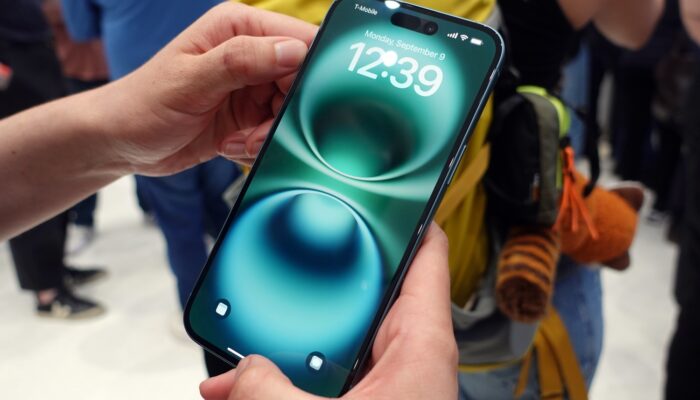
Unlike the Pro and Pro Max, the iPhone 16 and iPhone 16 Plus retain the screen sizes of the previous models. The regular variant has a 6.1-inch screen, and the Plus has a 6.7-inch screen. At first glance, there doesn’t seem to be any difference from the previous series, including the shape of the Dynamic Island.
However, upon closer inspection, the Super Retina XDR OLED screen is surrounded by thinner bezels than before, making both appear bezel-less. The OLED panel also offers clear and detailed colors, especially perfect blacks.
The brightness level of both screens is the same, at 2,000 nits in high brightness mode (HBM). Additionally, Apple has coated the screen with Ceramic Shield, which is 50 percent stronger than the iPhone 15 Series. Apple even claims that this Ceramic Shield glass is stronger than any other smartphone glass.
However, Apple still hasn’t provided one feature that fanboys desire: a high refresh rate like the Pro models. Without support for ProMotion 120Hz, the screens of the iPhone 16 and iPhone 16 Plus are still capped at 60Hz.
Camera Position Changed for Spatial Capture
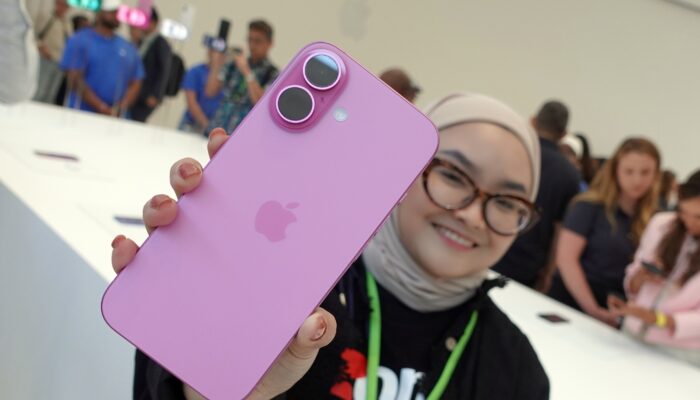
Unlike the iPhone 16 Pro and iPhone 16 Pro Max, Apple has slightly redesigned the regular and Plus models. The most noticeable change is the camera module style, which has shifted from diagonal to vertical.
No, this design change is not because Apple wants to revisit the iPhone 12 design. This redesign was made to accommodate the Spatial Capture feature, including Spatial Video. For your information, Spatial Video is a 3D video format that can be played on the Vision Pro headset.
Additionally, for the first time, Apple has removed the Mute button on the regular models and replaced it with the Action Button. Previously, this button was only available on the iPhone 15 Pro and iPhone 15 Pro Max.
There is also a new button called Camera Control. As the name suggests, this button provides a new way to quickly launch the camera, take photos, and start video recording. Users can also control other camera settings, such as zooming, lighting, and depth of field.
In the next update, Camera Control can be used to summon Visual Intelligence, an AI feature that helps users find any information from objects captured by the camera, somewhat similar to Google’s and Samsung’s Circle to Search.
Other than that, it remains the same, still featuring a USB-C port (though only USB 2) and water and dust protection with an IP68 rating.
More Striking Colors
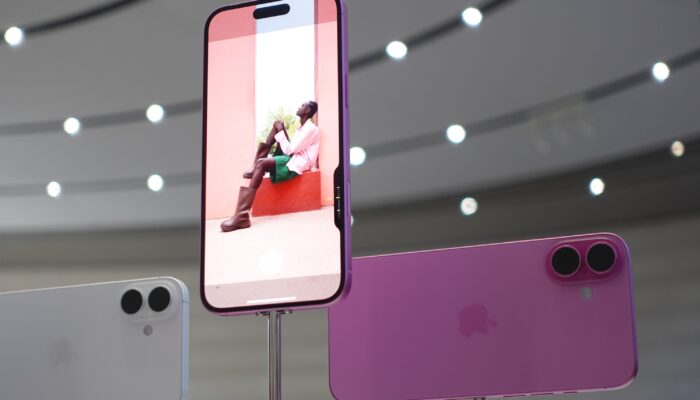
The iPhone 16 and iPhone 16 Plus come in attractive color variants. There are five options: Ultramarine, Teal, Pink, White, and Black.
Ultramarine is another name for blue. The color is no longer soft like before; now it looks brighter, more unique, and also elegant. The color is indeed striking but still pleasing to the eye.
Then there’s Pink, which is no longer pastel. Now it has a bolder impression, certainly suitable for women who want to stand out from the crowd.
Meanwhile, Teal leans more towards green, which again is made bolder than before. It looks fresher, no longer ‘playing it safe’ like the previous generation. The rest, White and Black, are classic colors that ‘never go wrong’.
Can Play AAA Games, Thanks to the A18 Chip
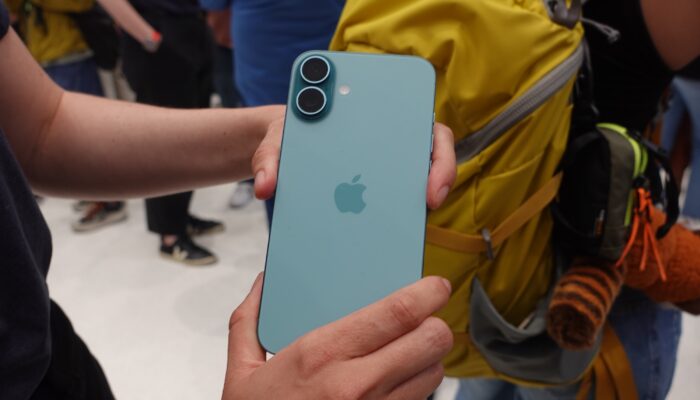
The iPhone 16 Series fully utilizes the latest generation chipset. The iPhone 16 and iPhone 16 Plus are powered by the Apple A18, which allows users to play AAA games such as Assassin’s Creed Mirage, Resident Evil Village, and Honor of Kings: World.
Previously, AAA game titles could only be played on the iPhone 15 Pro and iPhone 15 Pro Max with the A17 Pro processor.
Not only is its performance claimed to be 30 percent faster than before, but the A18 is also optimized for AI needs, specifically Apple Intelligence. There are many features that users can try in the update rolling out next month, including Writing Tools, Image Playground, Memories, and Clean Up.
Don’t forget, Siri has also been enhanced, requiring a very reliable processor performance. Siri now understands complex contexts, not just text, but also images, videos, and even sounds.
The fast A18 processor is paired with storage memory ranging from 128 GB to 512 GB. However, Apple has not yet revealed the battery capacity of both models or how long the battery life of the iPhone 16 and iPhone 16 Plus will be.
Camera Upgrade
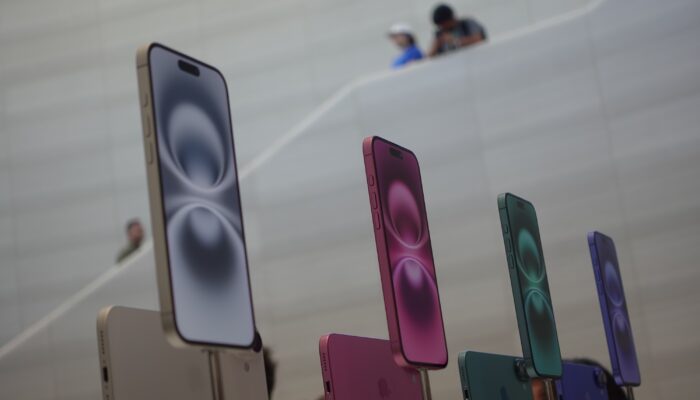
In terms of hardware, the cameras on the iPhone 16 and iPhone 16 Plus haven’t seen significant upgrades. Apple still uses two cameras without a telephoto lens: a 48 MP wide lens with an f/1.6 aperture, supporting sensor-shift OIS, and offering 2x optical zoom.
Apple has also retained the ultrawide camera with a 12 MP sensor and a wider f/2.2 aperture, allowing it to capture more light. For the first time, this ultrawide camera can be used for macro photography, a feature previously only available on the Pro and Pro Max series.
What elevates the camera’s status is that both models now support Spatial Video and Spatial Photo. The output from these modes can be enjoyed on AR/VR headsets like the Vision Pro.
So, Is It Worth Upgrading?
Actually, the upgrades from the previous iPhone 16 and iPhone 16 Plus are not very significant. The design has changed, but not completely overhauled like some Android phones. It only changes the camera position, adds two new buttons, and introduces brighter colors.
The screen is still 60Hz, with only slimmer bezels and a stronger Ceramic Shield making it feel more special.
The A18 does provide a significant performance boost. Moreover, the regular iPhone models are also confirmed to support Apple Intelligence thanks to the faster neural processing unit (NPU) in the chipset.
However, the camera system remains the same. For us, if you’re eager to upgrade, switching to the iPhone 16 Pro version seems more worth it. Why settle for the standard version when there’s a more powerful Pro version available, right?

